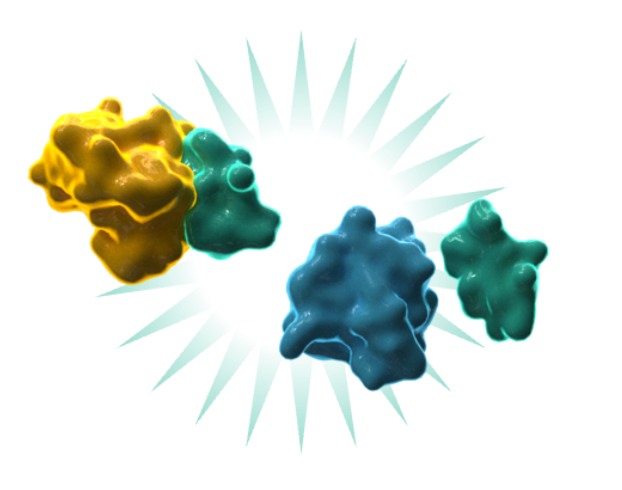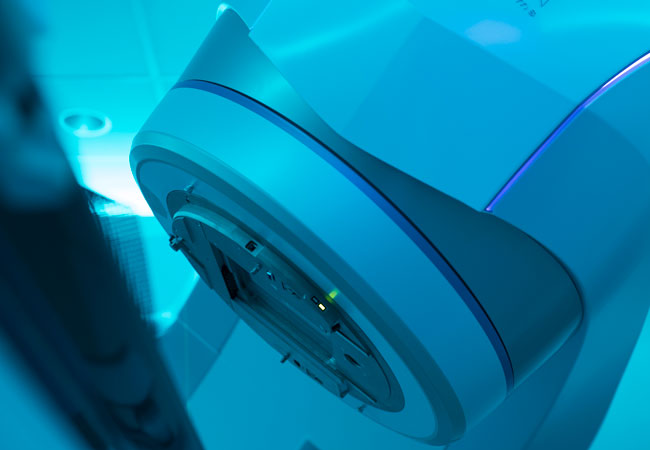University of Missouri-Columbia and AI Proteins Collaborate on Radioligand Therapy Research
 AI Proteins, Inc. has entered into a Collaborative Research Agreement with the University of Missouri-Columbia to work with Dr Carolyn Anderson, Simón-Ellebracht Professor in Medicinal Chemistry and Professor of Radiology, and her team to jointly pursue specific research projects to advance the use of de novo designed miniproteins for targeted radioligand therapy (RLT). This joint effort is intended to demonstrate that miniproteins labeled with alpha and beta-emitting radionuclides are effective as a cancer theranostic. In particular, compared to standard single tumor-associated antigen (TAA) targeted monovalent miniproteins, multivalent miniprotein-based theranostics that simultaneously target multiple TAAs on cancer cells will be evaluated for greater efficacy.
AI Proteins, Inc. has entered into a Collaborative Research Agreement with the University of Missouri-Columbia to work with Dr Carolyn Anderson, Simón-Ellebracht Professor in Medicinal Chemistry and Professor of Radiology, and her team to jointly pursue specific research projects to advance the use of de novo designed miniproteins for targeted radioligand therapy (RLT). This joint effort is intended to demonstrate that miniproteins labeled with alpha and beta-emitting radionuclides are effective as a cancer theranostic. In particular, compared to standard single tumor-associated antigen (TAA) targeted monovalent miniproteins, multivalent miniprotein-based theranostics that simultaneously target multiple TAAs on cancer cells will be evaluated for greater efficacy.
“AI Proteins recognizes Dr Carolyn Anderson and her team as leaders in molecular imaging and theranostics research.” said Dr Chris Bahl, founder, President, and CEO of AI Proteins. “We are excited to apply our ability to design multivalent miniproteins de novo to create targeted theranostics that are capable of binding to multiple different tumor antigens. By working together, we have the opportunity to take a major step forward for patients who are battling cancer.”
“A major limitation of current theranostics is that they have affinity for one, or at most two, tumor antigens,” said Dr Anderson. “This collaboration proposes a potential breakthrough approach in the ability to target theranostics to as many tumor antigens as possible in furtherance of solving long-standing challenges in cancer specificity, heterogeneity, and potentially resistance, which are major impediments to improving outcomes for patients.”
The collaboration aims to establish an innovative, versatile platform for cancer theranostics that capitalizes on targeting multiple TAAs overexpressed in various cancers. Upon completion of the research collaboration, the goal will be to continue to advance this novel technology into further preclinical and clinical development, as well as apply the novel platform to additional cancer indications.
